Subaru BRZ review and buyer’s guide
If you’re on the hunt for a sporty, low-slung performance car that eats apexes for breakfast, the BRZ is so good, it might have just knocked the mighty WRX off its throne. But there’s one big problem…
At the core of a performance car like the BRZ there is a fundamental paradox taking place, through every engine start-up, every gear selection and every time you squeeze the throttle - and it’s made worse the harder you press the brake pedal.
The problem, as The Architect described in The Matrix Revolutions (2003), is choice. Every choice you make inside a performance car ultimately determines how long that vehicle will last, how long its components will last, and depending on how you drive - how long you will last.
But the very nature of a performance car is to be driven in a manner that paradoxically shortens its life. Like the star that burns twice as bright, a Subaru that goes twice as hard, requires early servicing and more replacement parts until the point its days come to an end.
In many respects, the BRZ will ‘go harder’ than a WRX, like doing 0-100km/h in about 6.3 seconds. The WRX will do it in a claimed 6.1, but for mere mortals, it’s close enough to a dead heat. But you can’t slide a WRX, and you can deliberately walk the BRZ right up to that particularly sharp edge, without going over. That’s the difference here.
The way Subaru has gone about its performance cars over the years and decades is not like other carmakers. Despite rallying being one of the most dangerous sports in the world, let alone motorsport, the WRX is one of the most accessible, affordable and best surviving performance cars in the modern automotive game.
That’s not to suggest you’re going to drive your BRZ or WRX in the manner of some wannabe Colin McCrae, but there is a spirituality within the Subaru brand that goes a long way to explaining why you’re here. We can’t all be Hugh Jackman, but we can still be inspired to exercise, even at age 50. Especially at 50.
Subaru has succeeded by developing the BRZ with Toyota. In aligning itself with the brand that makes more cars than any other, it means that if you’re here for a Subaru performance coupe that seats four and goes like stink, you’re looking at a much less expensive vehicle than it might’ve been had Subaru built this thing by itself.
The BRZ borrows from the mass market affordability and production strengths of Toyota, while retaining the engineering design elements of Subaru. Toyota would try to spin it very differently, but we all know Subaru is the passionate, aspirational brand here, and Toyota is the stalwart of global reliability and design mediocrity - and despite the negative connotation, that’s not an insult.
People don’t lust for a Toyota (except maybe the 4X4 mob), they depend on them. That’s what has underpinned the brand for decades. You don’t want your BRZ going ping at 150km/h entering turn 1.
People buy Subarus because they want that motorsport lineage, they want that sturdiness, the brilliant drivetrain, they want the low centre of gravity from the Boxer engine, and maybe one day when it’s out of warranty, a nice cat–back exhaust.
The BRZ might have to share a bedroom with Toyota 86, but you’ll be hard-pressed to spot their logo under the bonnet in many places because Subaru was in charge of engineering and production, while Toyota did planning and design. This is exactly how you want it. It explains why you find the fingerprints of Subaru all over this car.
The key question we need to answer here is ‘What do you want?’ Because ultimately you can have the BRZ in more affordable form, thanks to the 86. So why bother with the BRZ?
Well, because Toyota Australia doesn’t have an 86 to sell you right now.
Start with asking yourself what kind of owner you’re going to be, as this will determine what you need your notional BRZ to do. It’ll then help you decide whether in fact the WRX is going to be better suited - and this is the additional problem the BRZ faces in the market. It might have helped Subaru build a better vehicle, but the clone factor does affect its appeal.
Click here to download the official Subaru BRZ specification sheet >> and click here to download the full BRZ brochure >>
PRICING
Let’s start with pricing. Between the base BRZ and the S, there’s about a $1300 difference in price, which gets you heated, suede and partial leather seats, or not. So it’s $45,400 for the S, with automatic paddle-shift transmission.
Or the base model is just $44,000-ish (near enough), before on-road costs.
In manual transmission however, it’s a different story. Just $40,300 for the base model and $41,600 for the S. There is, of course, a cost in going for the manual transmission, and that’s the loss of Subaru’s (admittedly) pretty good EyeSight camera-based radar system that gives you adaptive cruise and emergency braking (the systems that are actually quite useful and not shit like virtually every iteration of lane-keeping).
So if you’re prepared to forgo the radar cruise and auto-braking functions, you can have three pedals, a proper gearknob in your left hand and you get to rekindle those mad heel-and-toe braking skills.
Sidenote: If you damage the windscreen on an EyeSight-fitted vehicle, and it needs replacing, do not allow any fingerprints to get on the stereoscopic camera lens. Here’s why >>
You can still have a WRX in manual, so self-shifting Subarus haven’t completely disappeared. But, rather disappointingly, you can’t have the Sportwagon in manual - only the sedan. You also can’t get a top-spec tS WRX sedan in manual, which is a bit of a let down for anybody who wants the special suspension while also shifting gears themselves.
This is another good example of Subaru neglecting its hardcore fanbase who are craving a red-hot wagon with manual gearbox. Marty and Moog at Mighty Car Mods would applaud such a product planning decision.
You could argue this is one reason why BRZ is the new Subaru performance king, because it does away with the ‘corporate overload’ you may know as an automatic CVT transmission in the WRX. Yes, it’s a CVT, and it is actually quite good to use, to be fair. And more economical. But for old school, control-freak driving enthusiasts, BRZ is where it’s at for clutch pedals in modern Subarus.
If Subaru really loved its fanbase, getting a manual gearbox into even the base Sportwagon variant would be a dog whistle to its worshippers, the ones who’ve been slowly walking away and finding a Hyundai i30 N offers more bang for their buck.
Check out my full WRX & Sportwagon review here >>
What’s interesting is the sales performance of both WRX and BRZ. For the four-door, bigger boot WRX, sales in 2023 reached 2743 units (including the Sportwagon) - a 14 per cent increase over 2022. That’s on a $50-60,000 vehicle, just for context.
But the BRZ finished on 1573 units, and is a $45,000 vehicle with a very limited practicality envelope compared with the WRX. And the fact the Toyota 86 managed only 1144 sales shows you which is the better vehicle to own long-term as a means of fighting depreciation (answer: BRZ, because it’s more popular). So what does the BRZ have that the Toyota 86 does not?
More aluminium, less weight and better suspension setup for a start:
the rear suspension has the stabilizer bar mounted to the body on the BRZ, whereas on the 86 it's a carryover suspension where the stabilizer bar is mounted to the subframe
- Michael Redic, Subaru America carline planning manager
That’s from a key bigwig at Subaru America speaking to DrivingSports TV’s Ryan Douthit.
we have a lot more aluminum parts for the suspension on BRZ versus steel parts on the 86
Subaru’s more liberal use of aluminium such as in the suspension means it has less unsprung mass which, in concert with the aluminium front quarter panels and roof, all reduces the vehicle’s mass and lowers the centre of gravity.
If you want to understand what mass and CoG is click here >>, but essentially it has an inherently low roll effect when cornering. Lower than the WRX, too.
On the 86 spec sheet >> you’ll see that Toyota states the GTS manual form (that’s the top-tier variant) weighs 1291kg including a full tank, versus 1286kg in the BRZ once you add the fuel tank mass to the tare weight, which is the only figure Subaru quotes, misleadingly enough.
But Toyota has deleted the full-size spare you get in the BRZ, and given you a so-called ‘repair kit’ instead.
There are two sets of ISOFix child restraint anchor points for the back seats where you can fit most restraints, but probably not all. And there’s no centre armrest with cupholders of anything of that nature - this is not a family car, but you can bring the family if needs be. In fact, the entire backrest collapses in one rigid piece allowing for those trackday weekends where a second set of slicks will be needed.
HVAC controls are all big and easily identifiable, and all placed within easy reach of the driver, and they’re properly backlit with contrasting iconography. The manual handbrake does take up the limited interior space, which means cupholders are in the centre console armrest, as are USB and audio ports, and there’s an additional 12-volt power outlet hidden inside the glovebox.
Interesting to note is that in trying to improve on the BRZ’s centre of gravity, the drive and passenger seats are positioned a few millimetres inboard compared with the old car, and the roofline has been lowered slightly.
THE PROBLEM WITH WRX: BRZ IS THE ‘NEW’ HERO
BRZ’s ‘S’ equivalent in WRX is the ‘RS’, which is the penultimate model for the WRX before getting into the ‘tS’ variants that have the special electronically controlled dampers and increase the price another $2500+/-. BRZ will get a ‘tS’ version in 2024.
Let’s look at the $41,600 BRZ ‘S’ (before on-road costs) versus the $55,500 WRX ‘RS’ (before on-road costs). Why? Because they’re so evenly matched on performance and practicality that you might be prematurely lured into thinking the WRX wins because: more doors = easier access.
WRX has a boot that’ll swallow 411 litres compared with the paltry 201 litres, which is a clear victory to the four-door sedan, and a loss to the two-door coupe. Surprise, surprise.
But while that’s only partially true, if you have kids that are only occasionally sitting in the back seats, it’s literally one lever pull to collapse the front seats forward and you get to save a ridiculous $16,000 over a WRX.
That WRX RS has a tare mass of 1585kg, so weighs about 1632kg when you fill the 63-litre tank with (minimum) 95 RON fuel. The BRZ ‘S’ (auto) is 1270kg before adding 50 litres of RON 98 for a total of approximately 1307kg - about 25 per cent less than the WRX, the so-called performance hero. And there’s room for four - just.
So if this Toyota-Subaru Frankenstein has these impressive specification advantages over the WRX, why don’t we know how quick it does 0-100km/h, officially? Probably because Subaru doesn’t want you to know, or ask, because WRX is supposed to be the brand hero.
A 325kg weight advantage does something to the performance of an accelerating mass. It has to. Either the WRX’s turbo 2.4 has to work significantly harder and/or make a substantial amount of more power in order to be quicker, or it has to be that the BRZ is quicker. And if we know it’s lighter, it’ll handle better and it’ll stop much harder.
This is a classic Marketing Department -VS- Product Development/Engineering battle. And the ‘tS’ version of BRZ isn’t even here yet. I think you know which is the better performance car here. At least on paper.
Depending on how rose-tinted your specs are, the primary disadvantage with the BRZ is the rear-wheel drivetrain. Hear me out. Unlike the distinct advantage of all-wheel drive for WRX, the fact is on normal roads, in traffic, at night, in the heavy rain, on frosty mountain roads or even on the beaten up (but sealed) rural farm roads, all-wheel drive is an inherent win for grip against the wasted potential of wheelspin. But if you intend on using your BRZ on occasion, perhaps as a second car, then RWD is more of a specialty when the weather’s good, and less of a handful when it’s not.
The WRX’s all-wheel drive system beggars belief. In the same way Hyundai’s N division developed the Jedi-like e-diff for the i30 N that gave it Corner Attack Mode at speeds you wouldn’t dare in a rear-drive BRZ, the WRX’s torque is split 45:55 front-to-rear, so you can turn-in with the same level of vigour (and confidence you’ll come out the other side not on fire). With BRZ, you’ll be feeling for those oversteer signals.
Having said that, AWD is not some immunisation from crap driving, and you can absolutely overcook it in a WRX. You just get a wider safety margin by splitting the drive four ways instead of two.
The next question you need to answer for yourself is, ‘What kind of driving experience would you like to have?’ Because you can’t have both.
Rear-wheel drive is a specific kind of performance car. Not speaking for the immortals out there who drive cars professionally (or semi-professionally) - because they are quite simply gods in the context of driving skill - the meek like you and I will never be able to extract maximum performance from a rear-drive BRZ.
The truth hurts here, but you are simply not good enough of a drive to get 100 per cent out of this vehicle, statistically, anyway.
You might think you’re pretty good, and you might even be a halfway-decent steerer. Hell, you might even be a serious petrolhead with plenty of cracks on a racetrack with professional instruction under your belt. The kind of thing Ian Luff Motorsport or John Bowe Performance offensive driving programs can teach you.
But you’ll never be in the same club as the elites. You don’t even get to peek in the window. So what’s the point of considering a BRZ then? Who are you kidding?
Well, it’s because you want to improve as a driver. And this is the perfect vehicle in which to do some serious software upgrades, upstairs. The BRZ is not ruthless; it’s not some sex-with-a-supermodel type supercar experience - but there’s a great deal of learning to be done when you start pushing a BRZ beyond the regular programming of stop-start traffic. Especially if you get the manual… which you probably should because its ratios are shorter than the auto and there’s more fun to be had. Remember fun?
A BRZ will step out if you’re sufficiently aggressive enough on either corner-entry steering angle or throttle-out exit. Happily it’s much less prone to abrupt oversteer like the old BRZ. Sure, there’s only so much lateral grip those rear tyres can offer you, but that’s the fun part, finding that threshold. Finding that balance is like finding ‘the spot’, down there, on your significant other (or whomever it happens to be).
And we haven’t even added water to this recipe yet.
In the motorsport world, when it rains you change to grooved tyres that channel water between the tread blocks and eject the water out the back as rooster tails. But on public roads, where there are an infinite number of variables happening all around you (whether you’re aware of them or not), you don’t have this luxury. No pitcrew awaits your call on changing to ‘wets’ at the next servo.
So it’s purely down to you to manage everything from throttle and steering inputs to scanning the road surface for standing water, dodging potholes, arming your left foot to brake (in the auto) by covering the pedal, or dropping a gear by depressing the clutch and just having that lower ratio selected in anticipation for the tightening of a corner or the inevitable backmarker (sorry, ‘cautious driver’) around the bend. Feeling the grip levels on those rear 215/40 R18 Michelin tyres is more-or-less up to you. (Although the traction control and ESC systems are always there as a lifeline, obviously.)
The difference between something like this BRZ and something with more cylinders and turbocharging is in a proper sports car you have to use everything you’ve got with zero (or minimal) room for error. This is where the ‘updating your software’ thing comes in. But in something like a Mustang or anything from BMW’s M range or an AMG et al. is that you can paper over your inadequacies with more power and just tell yourself that was a pretty good performance. But power corrupts.
Having a bigger engine, with forced induction, fatter tyres and more go-fast stuff insulates you from the internal dialogue you need to have when you braked too early, turned-in late, missed the apex or got on the throttle too soon/too late.
When you don’t have surplus kilowatts like in a BRZ or the Mazda MX-5, the stopwatch exposes you. So the fact this new model has only gained about 6kg over the old one (comparing the base BRZ with manual transmission), means that its power-to-weight ratio hasn’t suffered.
In fact, it’s the opposite…
I'll help you save thousands on a new Subaru BRZ here
Just fill in this form. No more car dealership rip-offs. Greater transparency. Less stress.
HEAVIER-WEIGHT BOXER: Why power isn’t everything
A manual BRZ in its purest form weighs just over 1.3 tonnes with you on board. It’s technically 1283kg when you add 50 litres of 98 RON premium fuel - which is a $100 fill currently, by the way - and you’ve got a full-size spare alloy wheel and tyre in the mailbox boot.
The base BRZ therefore has a power-to-weight ratio of 139 kilowatts per tonne. Until the ‘tS’ gets here, the heaviest it gets is the ‘S’ in automatic, which hits 137kw/t because it weighs 1270kg, an extra 24kg over the base manual. What we’re doing here is trying to help you establish what kind of driving you’re planning for this notional BRZ. Remember? Because not only does this car work as a perfectly good daily driver with ‘a bit of punch’, it’s also a potential weekend enthusiast machine quite happy to do half-hearted laps with your mates at Winton or Eastern Creek. (No, it’s Eastern Creek, and will forever be Eastern Creek).
Anyway, let’s not get sidetracked. You’ve also gotta decide if this is going to be right for your lifestyle, because there’s a perfectly nice four-door WRX available with rear legroom, more luxury features and paddleshifters, as well as much more forgiving all-wheel drive. Are you sure you still want to go BRZ? Okay, cool. Just checking.
The 2.4-litre Boxer engine makes 174kW at 7000 revs, which is done so naturally, with no recirculatory plumbing assistance from a variable-rate turbocharger found on the WRX. Same base engine obviously (codenamed FA24 internally), but it’s a more stripped-back event changing gears in the BRZ than the WRX.
(If you want to understand why you love the Subaru Boxer engine, at a technical level, check out The Applied Physics of Boxer Engines here >>)
This is why it’s possible that the BRZ has gone back to that era of passion we oft miss in our modern-day Subarus. You could hold a strong argument that while the WRX is Subaru moving forward, BRZ is the brand not letting go of its roots. Another debate could be had figuring out if this is a good thing or not.
One of the best aspects of this new engine in BRZ is that the maximum torque it’s producing is available just above idle, at only 2700 RPM, which is much sooner than the old car that wouldn’t give it to you until 6400 RPM. It’s yet another reason to stick with the manual, because the torque converter six-speed auto will rob you of some precious killer wasps.
Choosing the manual transmission also means you won’t be getting some of the key collision-avoidance features present on the majority of mainstream new vehicles in 2023.
Many motoring journalists have pointed out this omission of auto-emergency braking, lane-keeping and adaptive cruise control as a negative, and to be objective here, it’s not entirely unjustified - especially in the case of AEB and the radar cruise, which are genuinely useful features to have in the heat of normal driving. But what these observations have lacked is explanation.
If Subaru had gone to the effort of incorporating these features into the BRZs with manual transmission, which is possible, the consequence of doing that would mean the price goes up. And let’s be honest here, the median BRZ customer is already paying attention to the road, they’ve made a choice for driving enthusiasm over distraction and stringent safety. Nobody buying a rear-drive, six-speed BRZ is going to wish they had lane-keeping to go all Nanny State on them.
When it comes to making the transmission choice, if you’re able to do the pedal dance intuitively, as if it’s second nature, then by all means do not deviate from the six-speed manual. But if the future is paved with traffic lights and peak-hour traffic, you might appreciate sticking it in ‘D’ by getting the auto.
The auto doesn’t exactly scream ‘driving enjoyment’, but it does serve a purpose in relieving you of the additional cognitive burden of having to stamp on the clutch at every single set of lights. If your hips simply aren’t up to it anymore, the auto is for you. There’s still plenty of involvement sending the BRZ up your favourite driving road, and it does also mean you can use a go-kart style left-foot braking technique to keep the flame alive.
MORE THAN ONE WAY TO GO FAST
In order to understand what the BRZ in ‘tS’ will be like, you need to have a test drive in the current WRX range, specifically the mid-range ‘RS’ against the ‘tS’, because those two are more than just another badging and tinsel exercise. There’s substance here.
Better still, if you do have to use your BRZ for general daily driving duties and you are gutted at the idea of not having those key safety features in a 2024 vehicle, fair enough, but the good news is, you’ll be able to get them with the ‘tS’ variant.
Subaru's cutting-edge EyeSight® safety technology will also be introduced to manual transmission BRZ models for the first time in 2024.
But what else is coming on the ‘tS’ that will make you want to hold off on a base BRZ or the ‘S’, and pay a little bit more for the top-shelf variant?
If you look at the WRX tS, you’ll see its headline feature that commands a price premium is the electronically controlled dampers.
There’s also a sunroof and premium Harmon Kardon sound system in that WRX, which adds almost 40 kilos. Has Subaru done this same weight-adding procedure to the BRZ? Well this recent press release from Subaru Australia suggests they might have stuck to making it better, and resisted the temptation to also make it heavier.
engineers have now gone one step further with the tS variants handling, performance and design
- Blair Reed, Subaru Australia managing director
The list of changes on the ‘tS’ includes Brembo front and rear brakes, and “STI tuned suspension”. Subaru doesn’t detail exactly what this means, which suggests it’s probably the electronically controlled dampers from the WRX.
However, if they’ve been unable to control their urges to add more guff to this supposed top-spec BRZ, and stuff like electric seats, sunroof and banging subwoofer + speakers have all been fitted to the ‘tS’, you can expect the increased kerb weight will compromise its power-to-weight and make it ultimately less satisfying than the S.
This is essentially what happened on the WRX tS. Sure it had all the cool gear, but it’s 26kg heavier than the base model. If you’re going to set lap times, two bags of potatoes on board will cost you tenths of a second. And fuel.
But we’ll have to weight… sorry, wait and see when the BRZ tS arrives in early 2024.
CONCLUSION
There are two philosophies when it comes to building a sports car. There’s the compromised sports car where the design requirements of the vehicle adapt and evolve over time to modern customer expectations and demands, or there’s the uncompromised sports car - the one that refuses to change and adhere to the changing times.
I’d suggest the BRZ is the latter, and the WRX is the former. Where the WRX used to be a simple, balls-to-the-wall rally car for the road with two doors and a turbocharged Boxer driving all four wheels with a manual gearbox and a boot for your tools, chunky rally tyres and a fire extinguisher. But it has become a heavier, four-door family-capable sedan packed full of modernity, a snorting turbocharged powerplant and plenty of features and safety tech - all benefits in the modern world on the public roads you share with other motorists.
The WRX is no longer the P-plater’s weapon of choice to rebel against the constabulary on Friday nights. But you can still drive it hard while also staying glued to the road and being forgiven for not being a Stig in denim with a flat white in the cupholder.
But the BRZ has stayed in conventional sports car land, much like the MX-5. It was a roll of the dice with Toyota back in 2012 with the first generation, and while it had plenty of faults and idiosyncrasies, it struck a chord. Subaru sold far more BRZs than they anticipated. So in building this new version, it hasn’t grown significantly bigger and therefore heavier.
While there isn’t a threshold for this, it’s good to see Subaru and Toyota respectively haven’t become fixated on adding more stuff and bloating the BRZ/86 beyond recognition. They’ve stuck to their original recipe.
If you’ve come this far, it’s highly likely you’re genuinely interested in the BRZ. So know this: it’s much better than the old car (which is to be expected), but importantly they haven’t lost the plot. It’s superior to the old BRZ. Faster, virtually the same weight, less unsprung mass, slightly more legroom.
If you want the purest track-friendly BRZ, an S or the base model are going to be perfect for hard lap times and accelerated wear rates of expendable components.
But if you need to daily this thing and keep it roadworthy while enjoying a regular punt out of town on weekends with your mates or to your favourite spots, then you might want to consider the ‘tS’ when it gets here in 2024.
HOWEVER - if you have familial commitments and the backseat needs to be as functional as the front, there’s no good reason to ignore the WRX, because it’s just as good to drive vigorously, to brake with your left foot, and sounds just as nice to rev, while offering you bucketloads of forgiveness in dodgy conditions. And depending on where and how you live, sub-standard driving conditions are probably going to be the norm.
As the Oracle prophesised in the Matrix sequel, you are not here to make the choice between BRZ and WRX, because you’ve already made the choice. You’re here to understand why you made it.
So do you want a hot AWD family sedan (or Sportwagon) that goes like stink, or do you want a daily-driving sports car quite happy at the track once a month?
If your racing wits are honed and always just a click of the seatbelt away - and perhaps your helmet is within arm’s reach at a moment’s notice - then the BRZ is going to fit like a Mechanix glove.
But if you don’t live life like you’re in your 20s anymore, you have commitments at home, and perhaps rolling up the driveway in one piece is a bigger priority these days, the WRX is all the driver’s car you could ever possibly want.
Unless of course you want more than that…








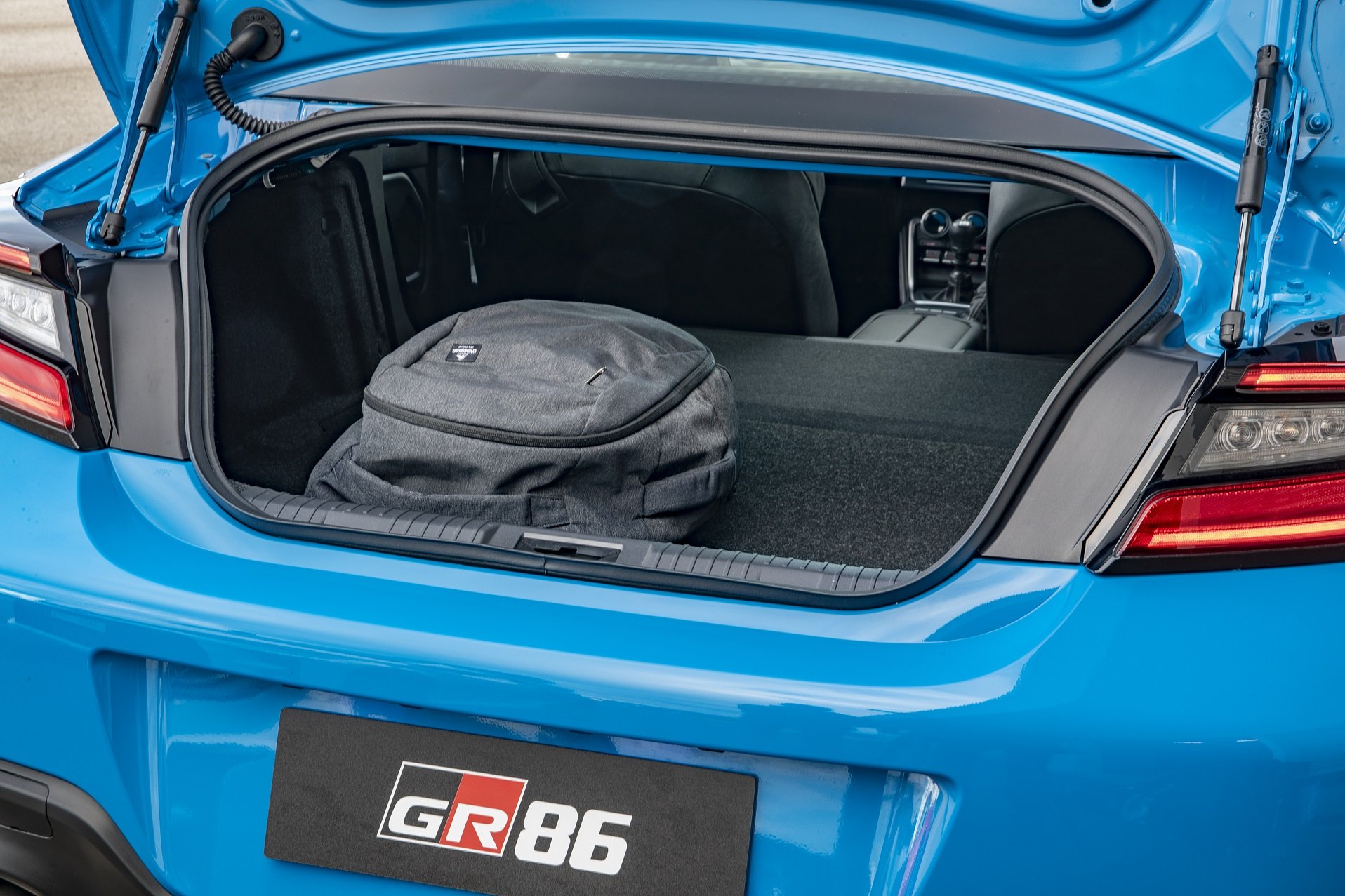
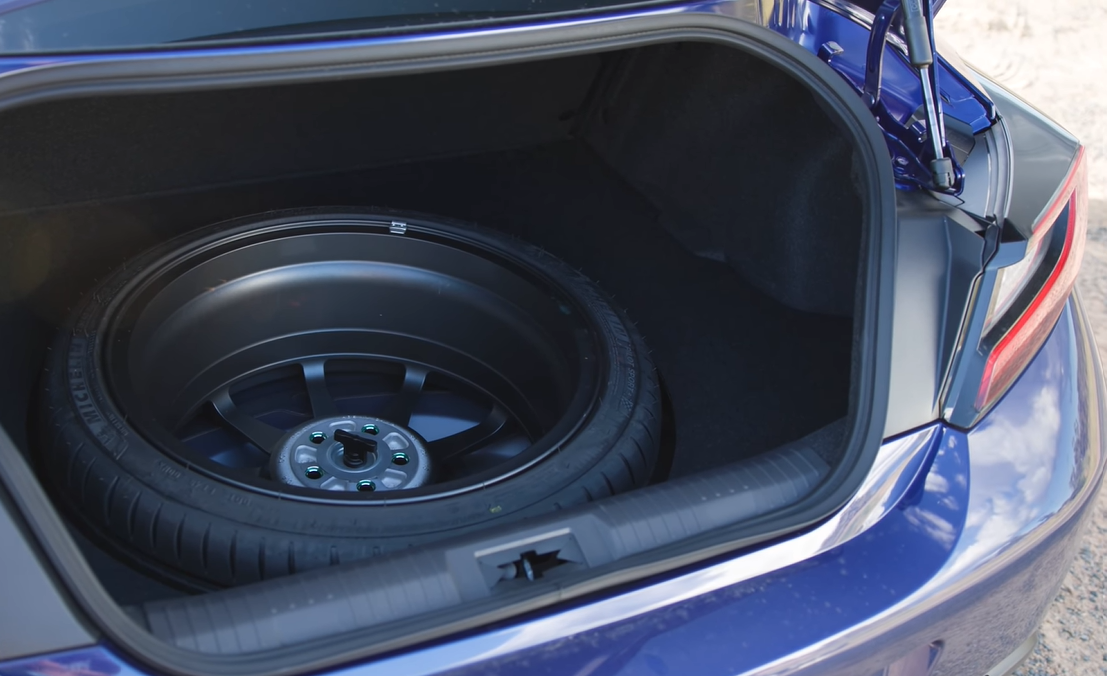

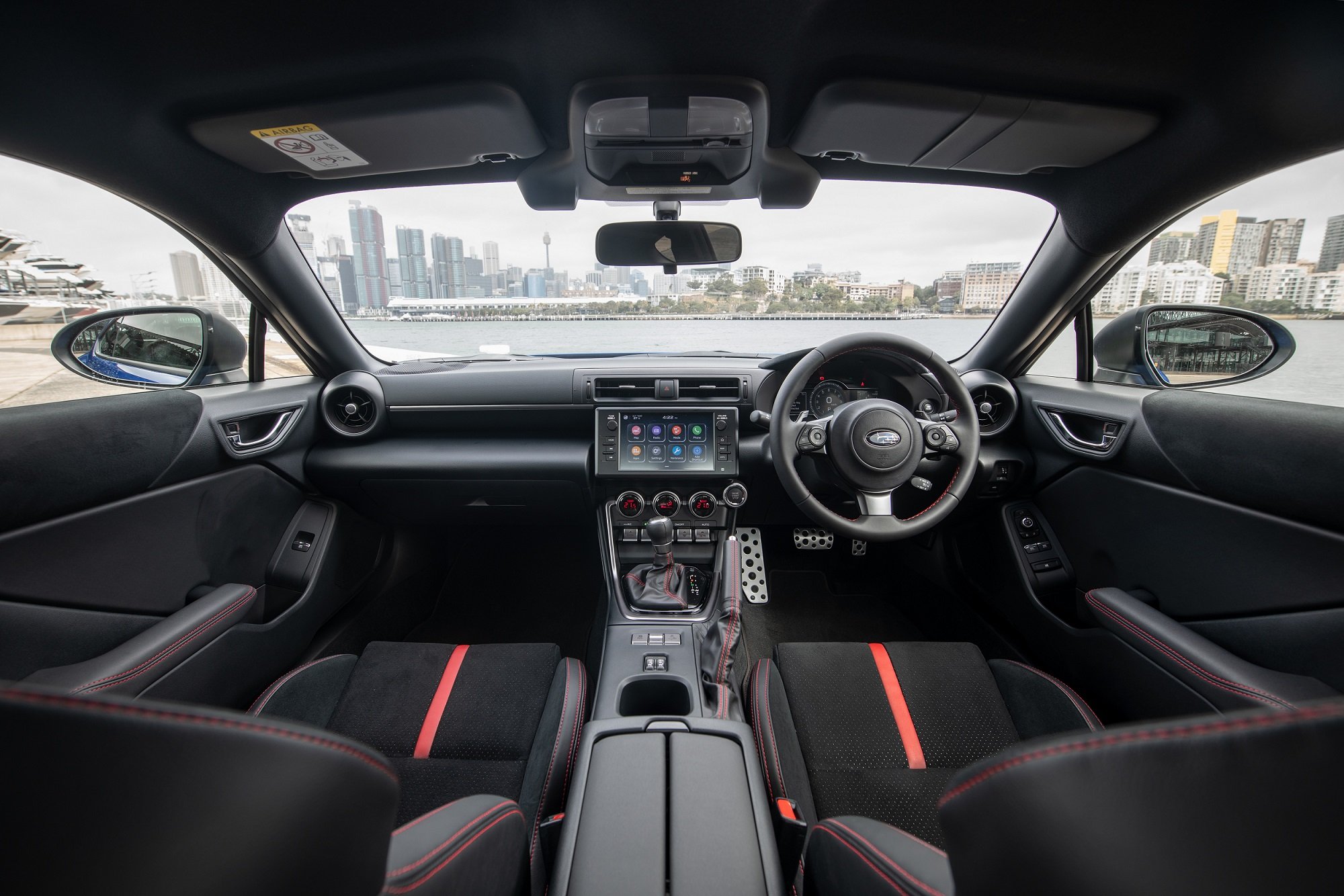
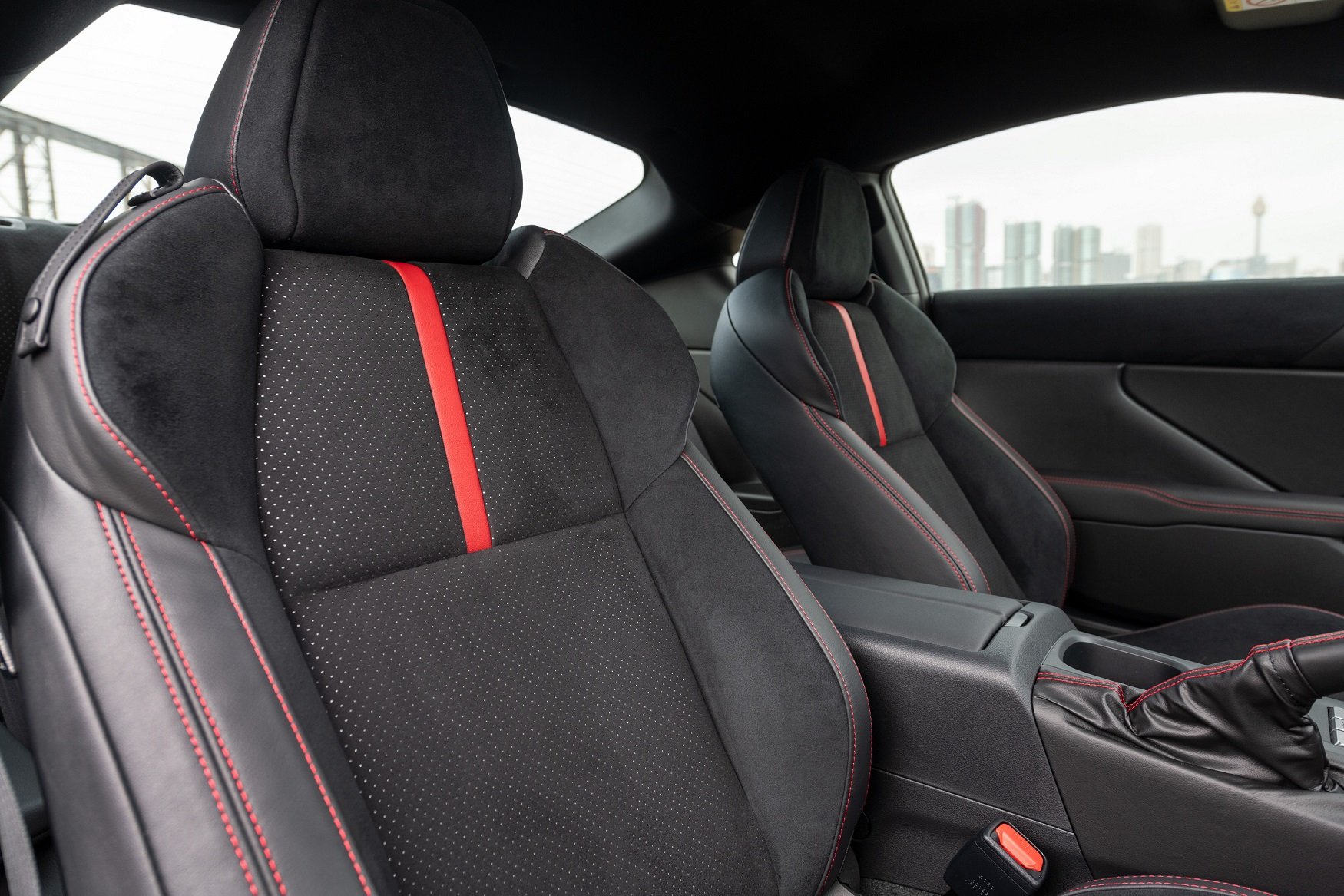
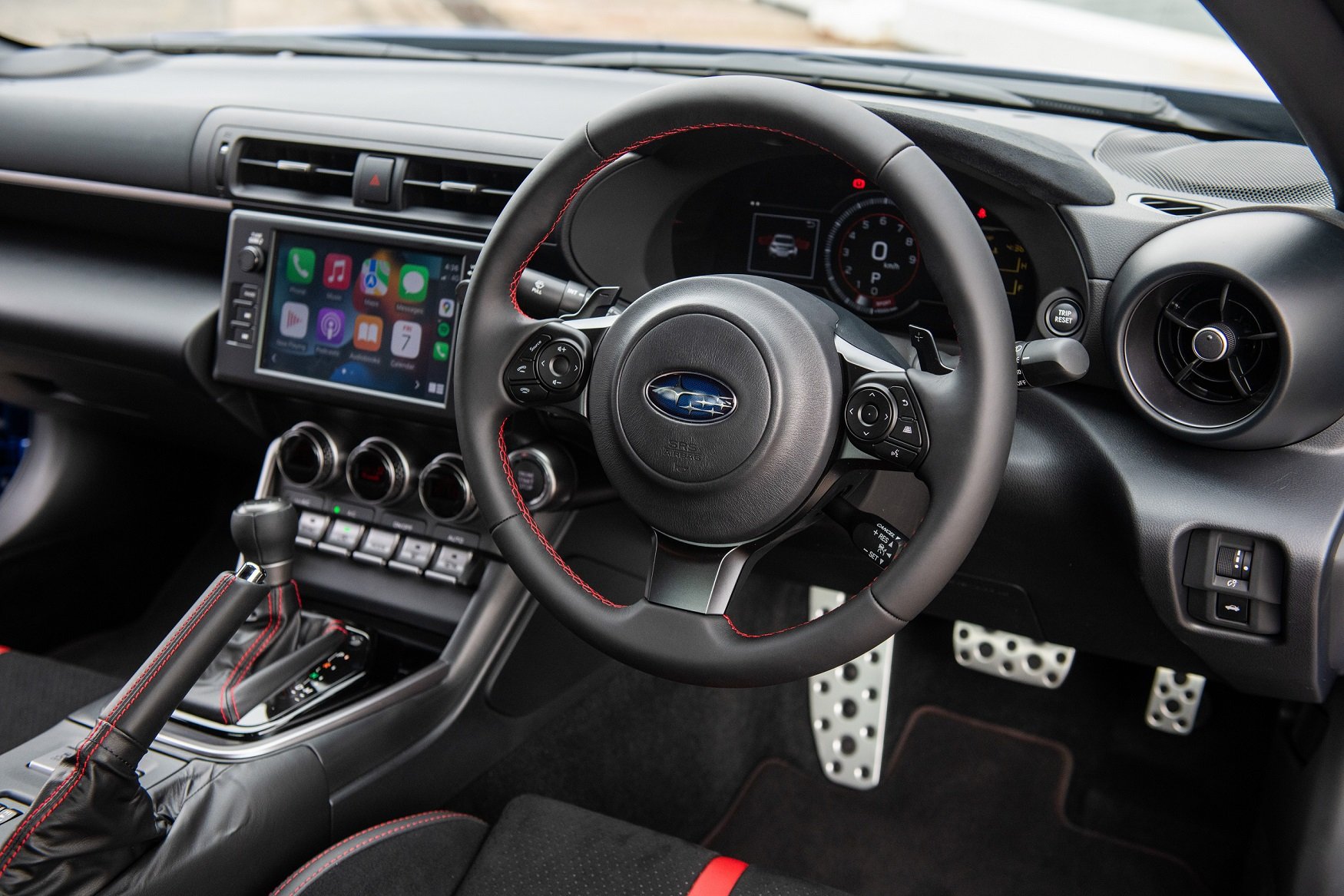
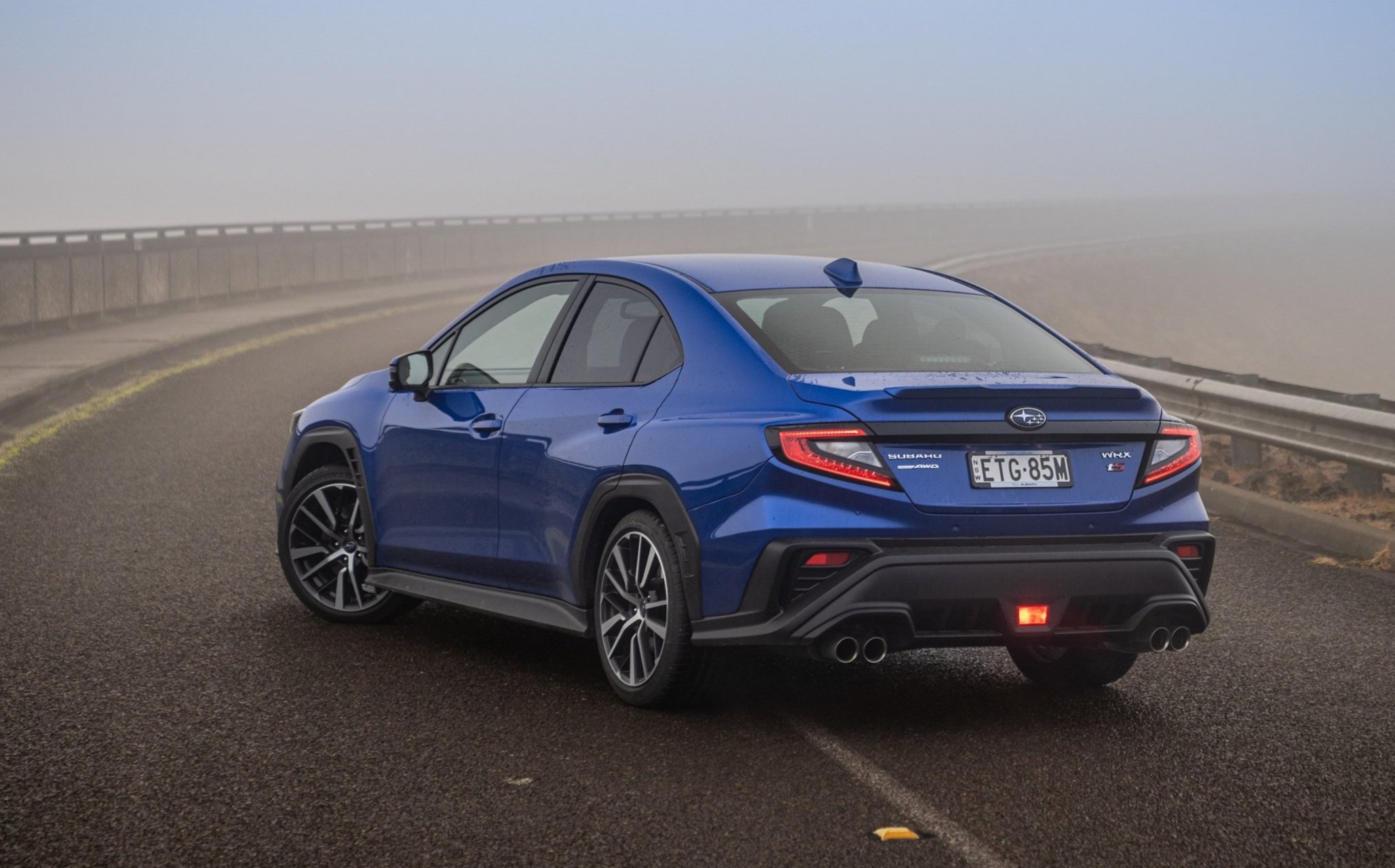
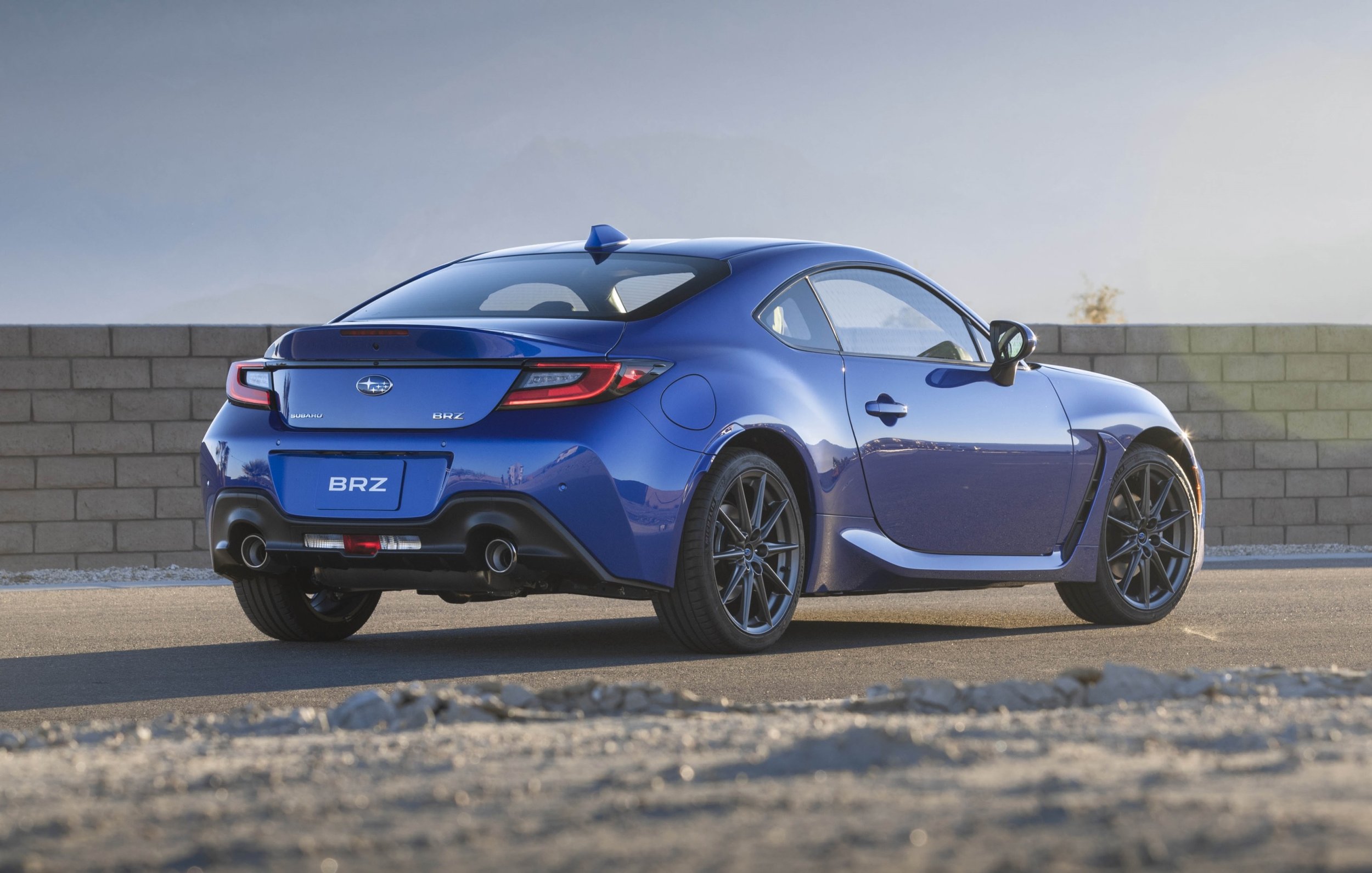





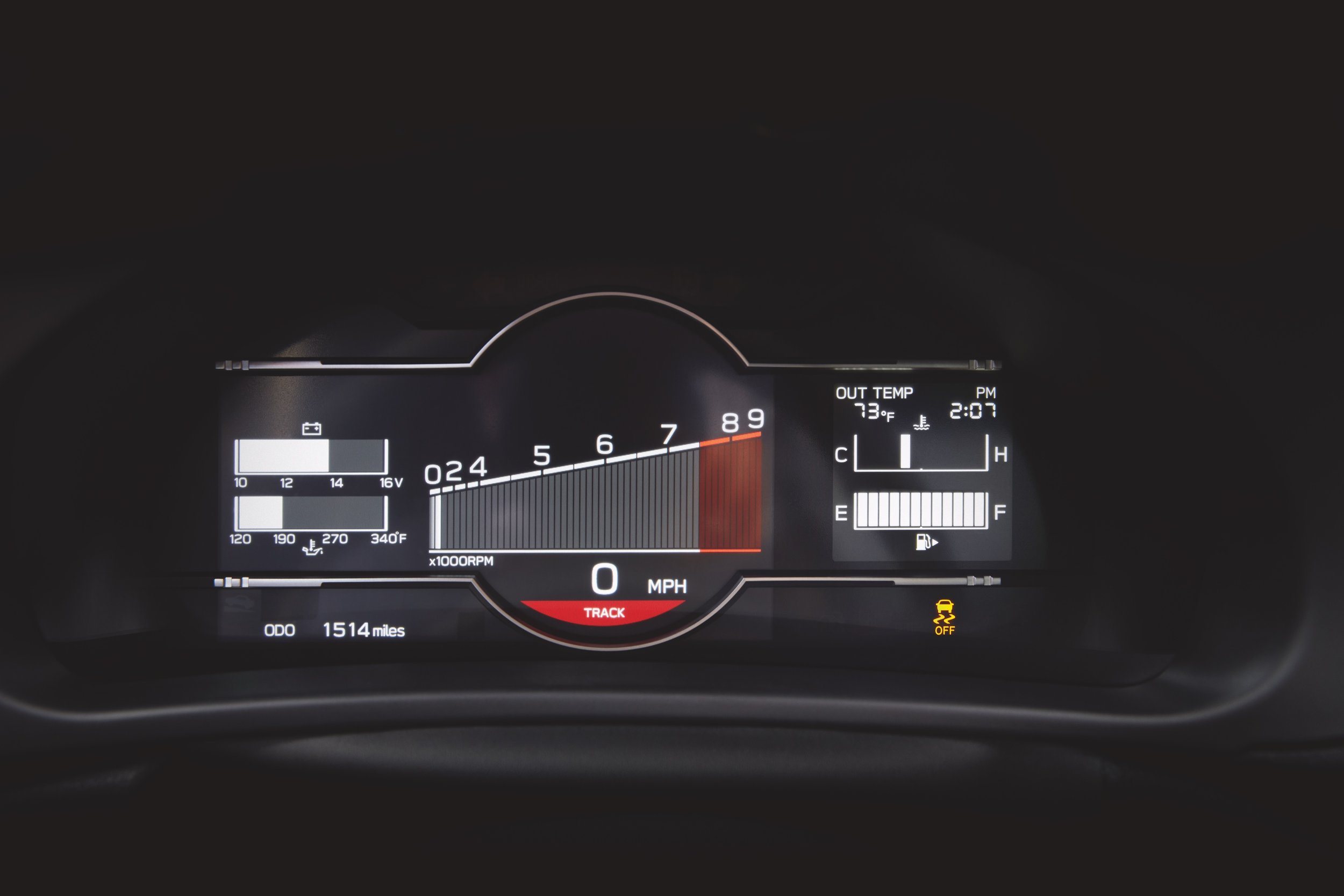
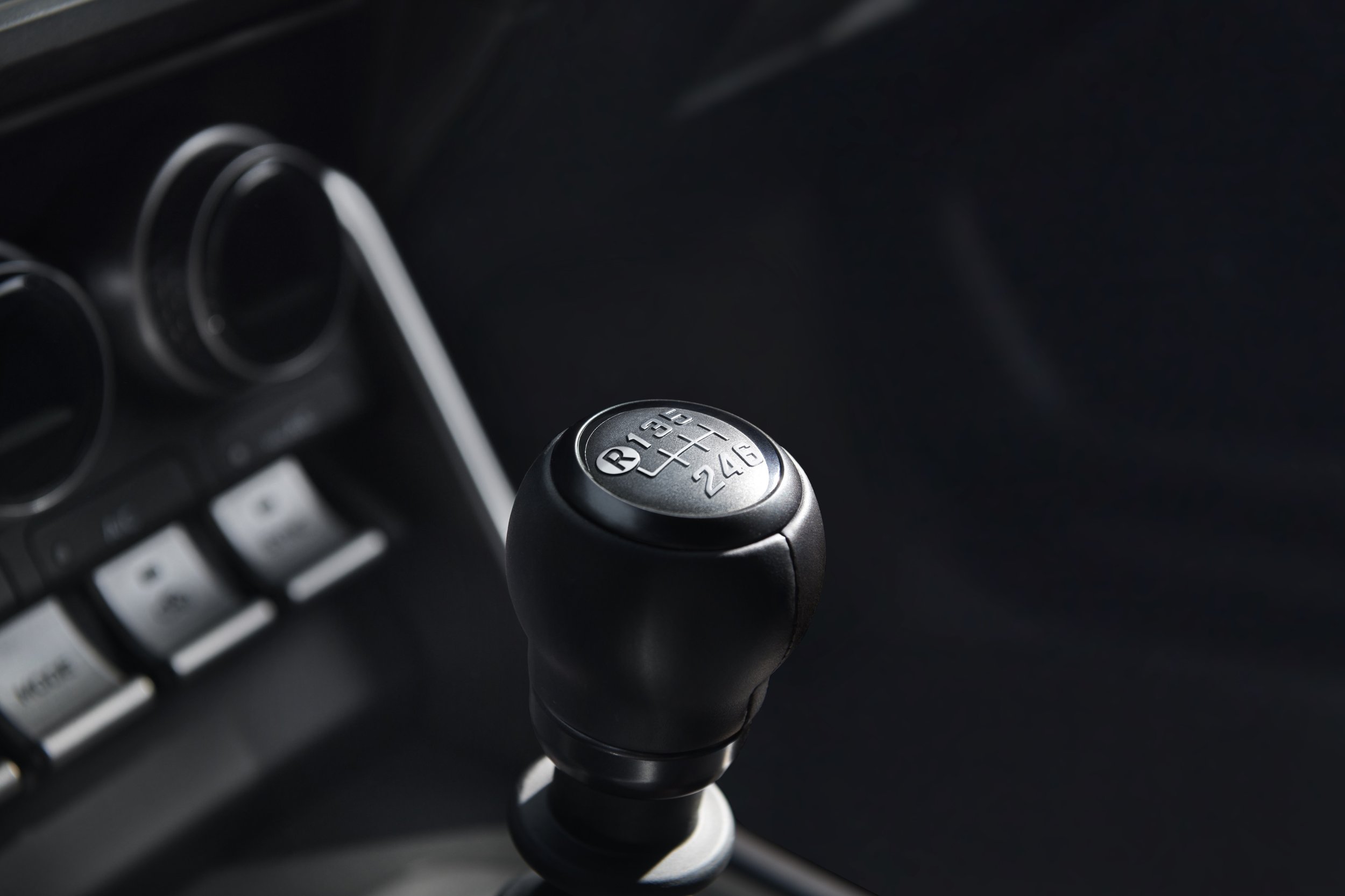
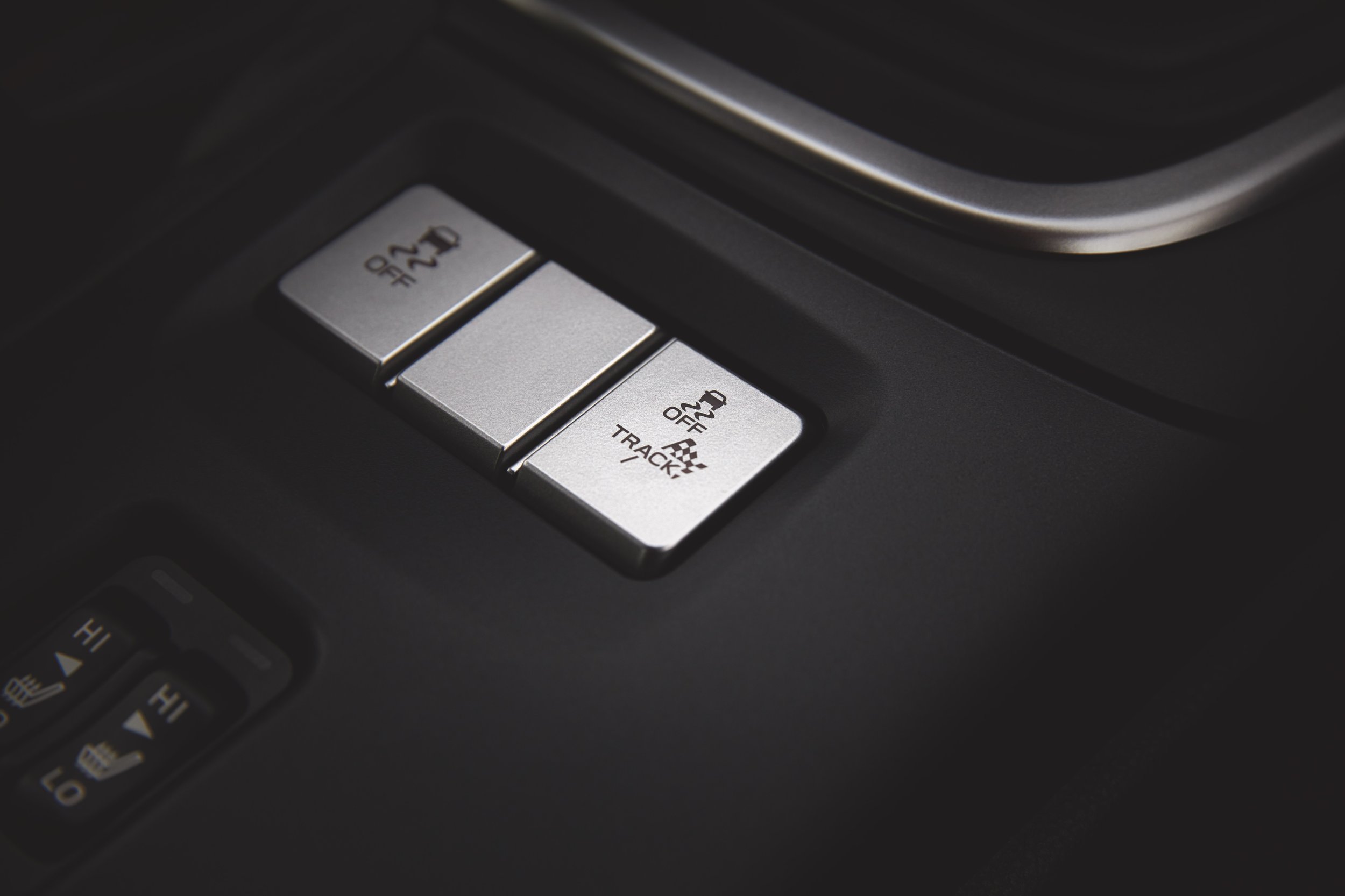
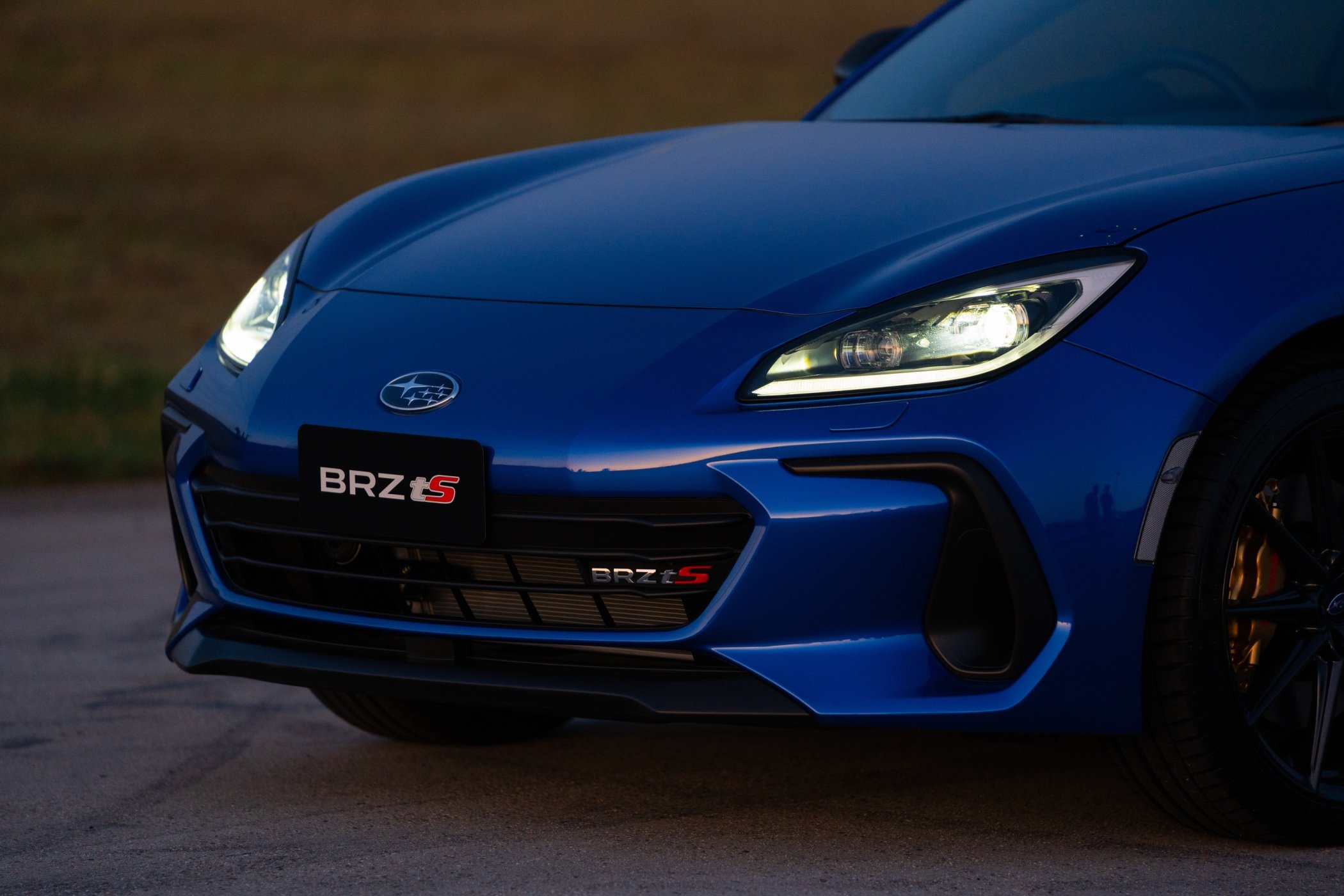
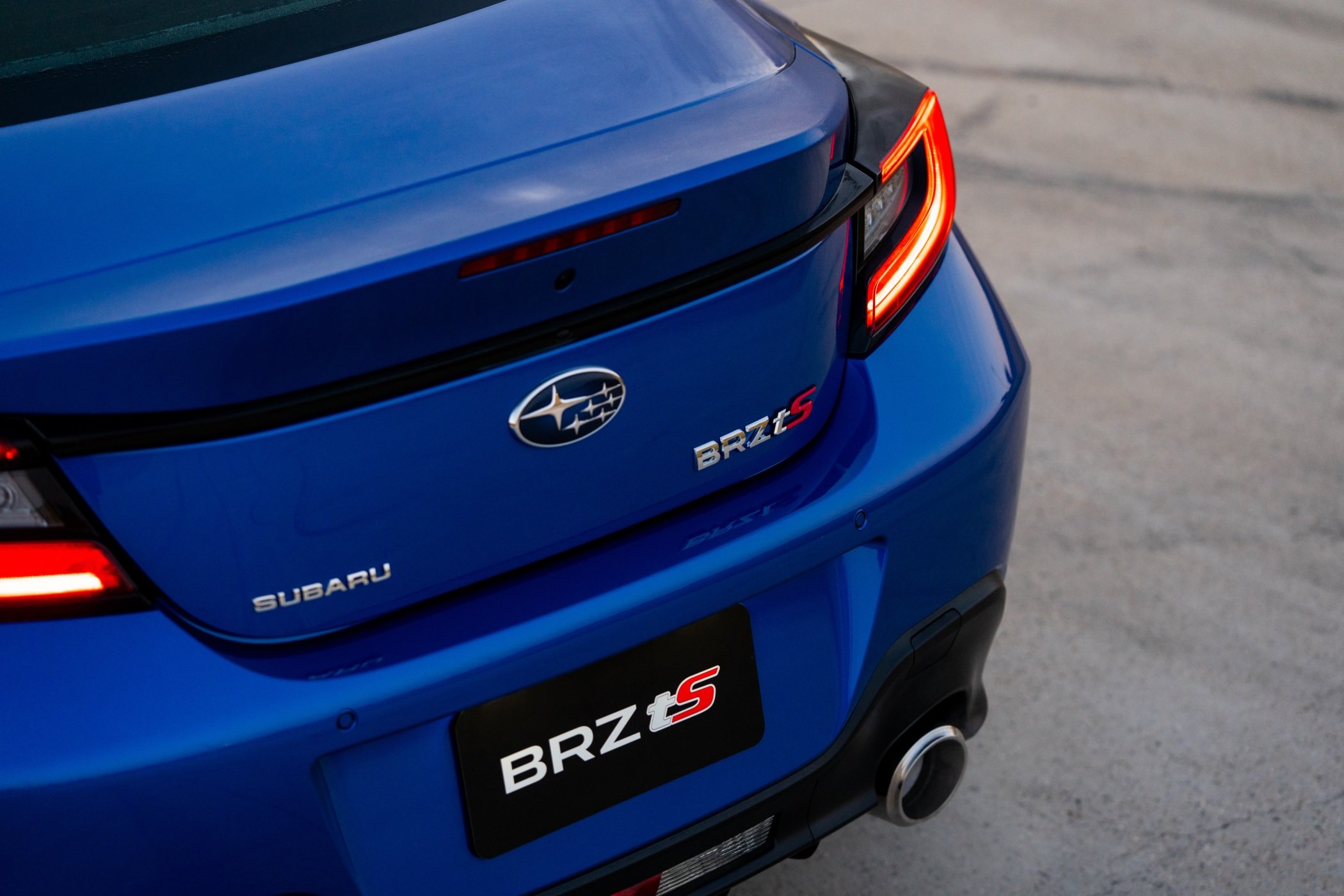

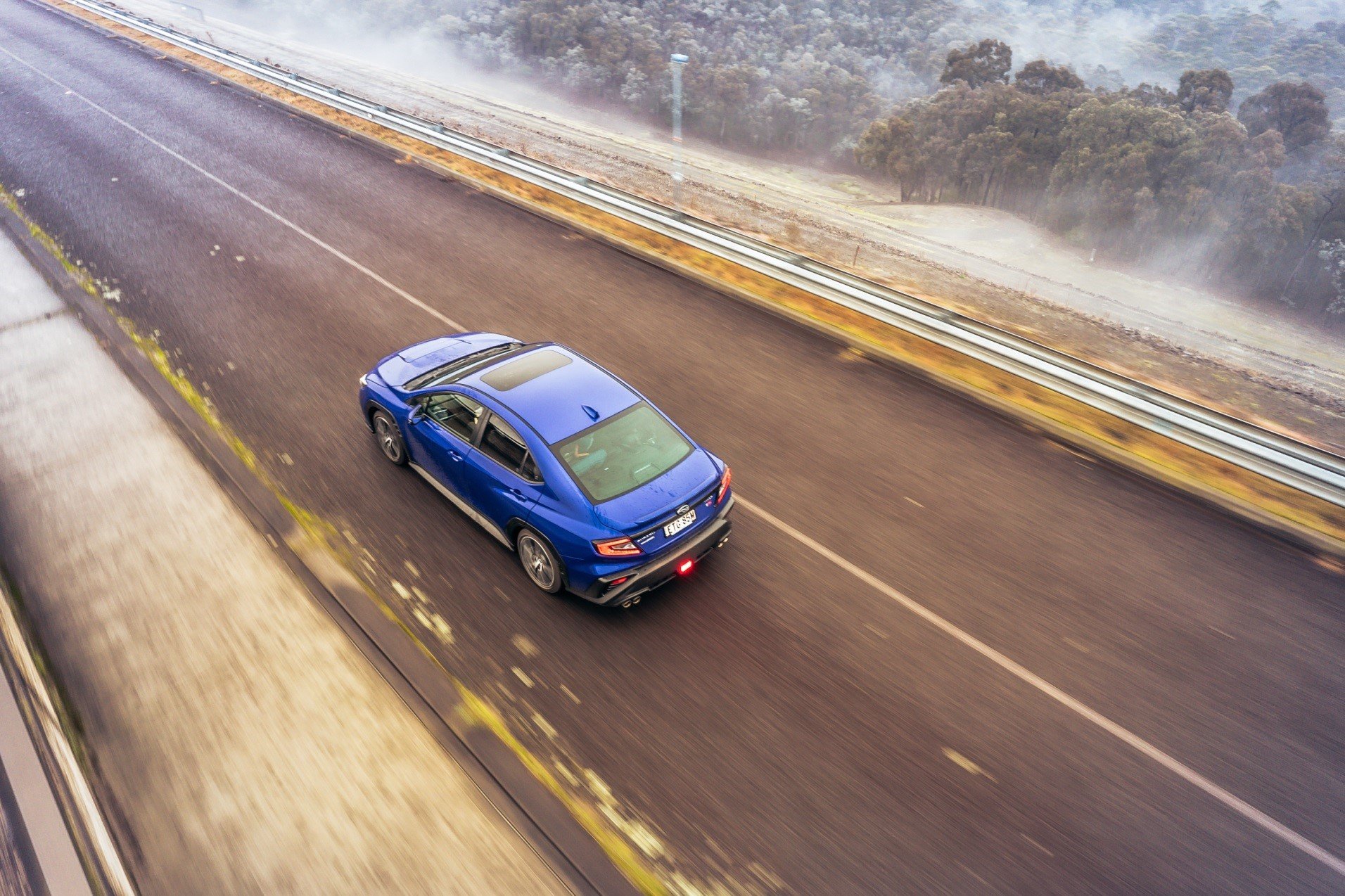
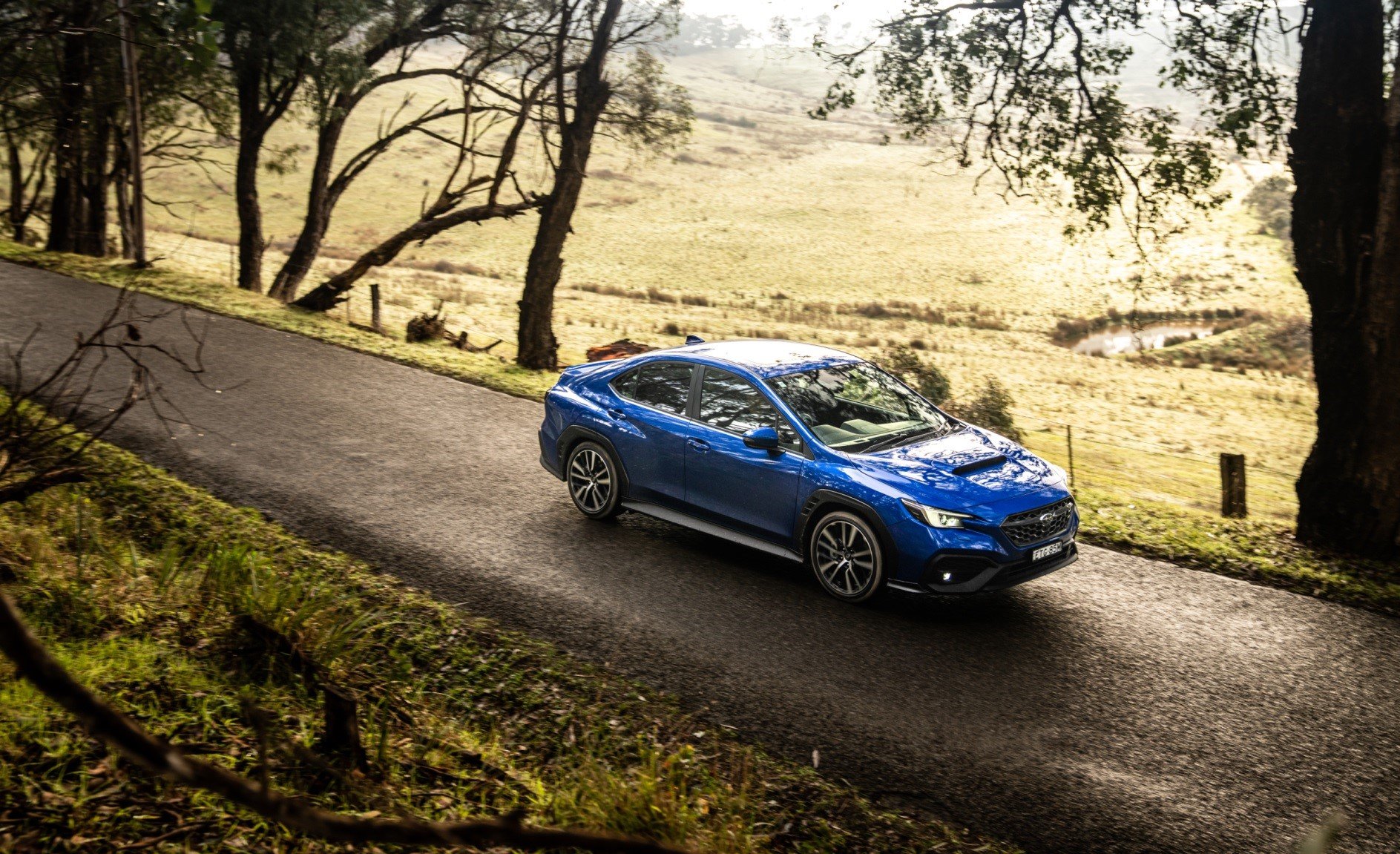
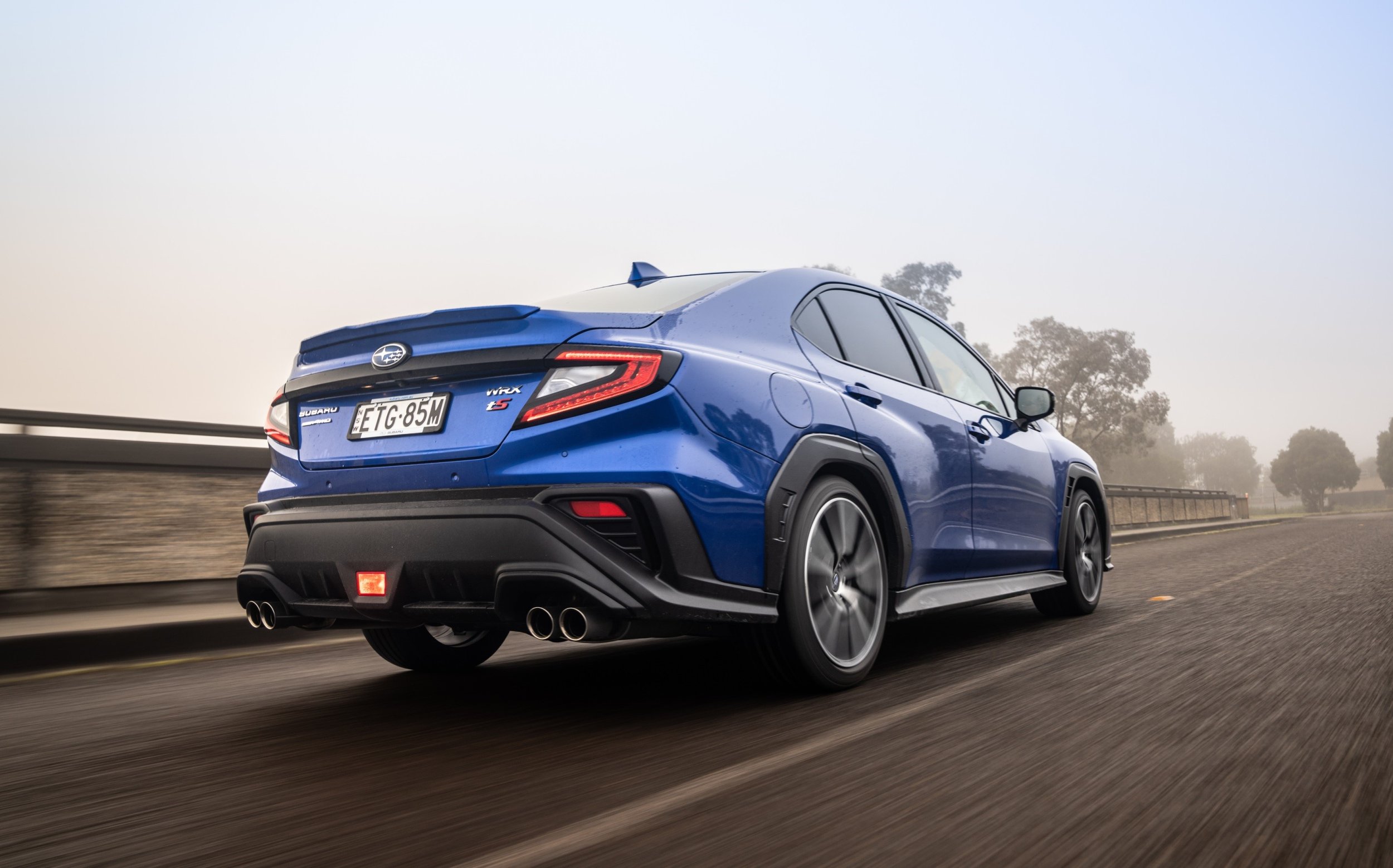
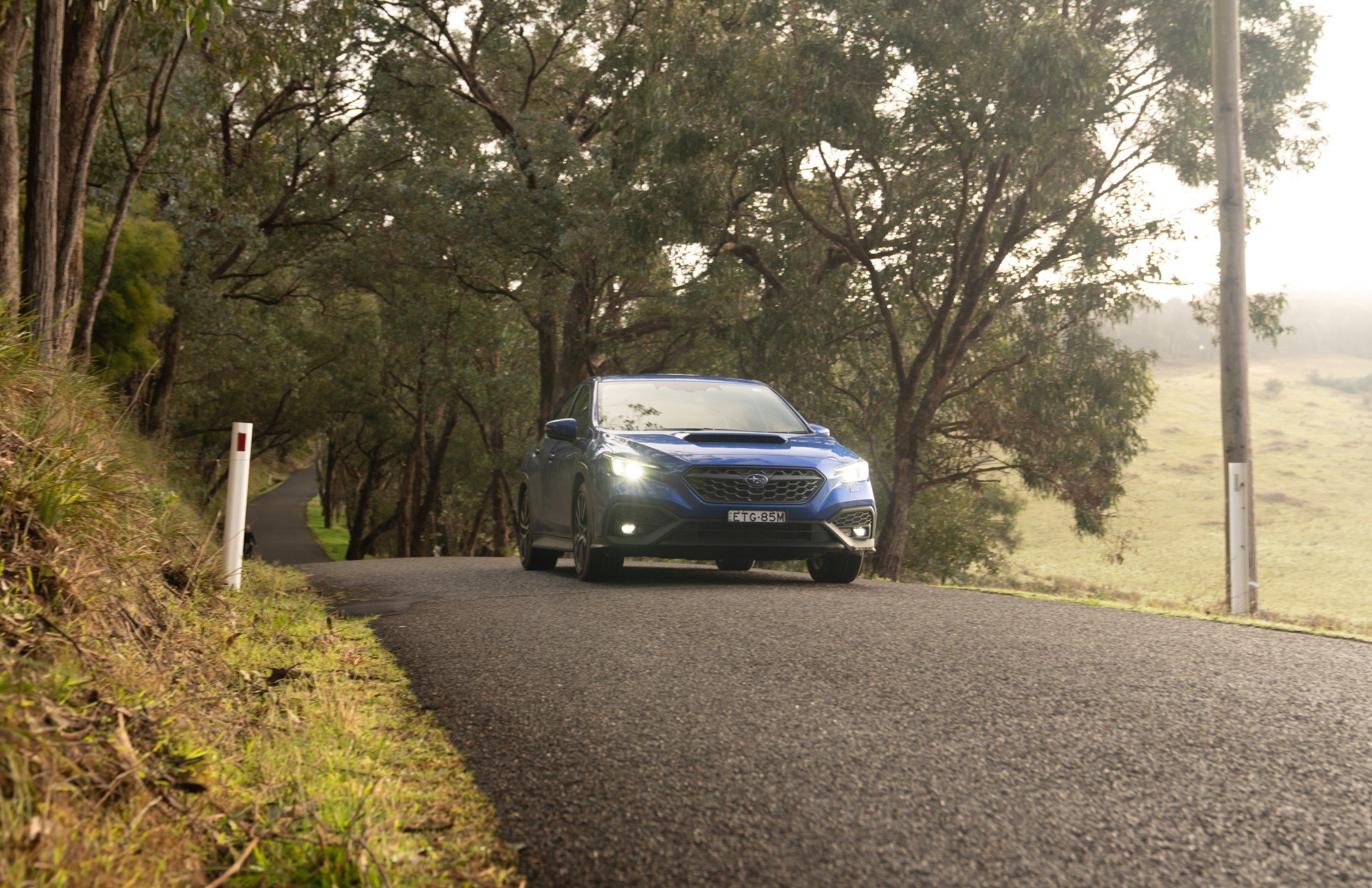









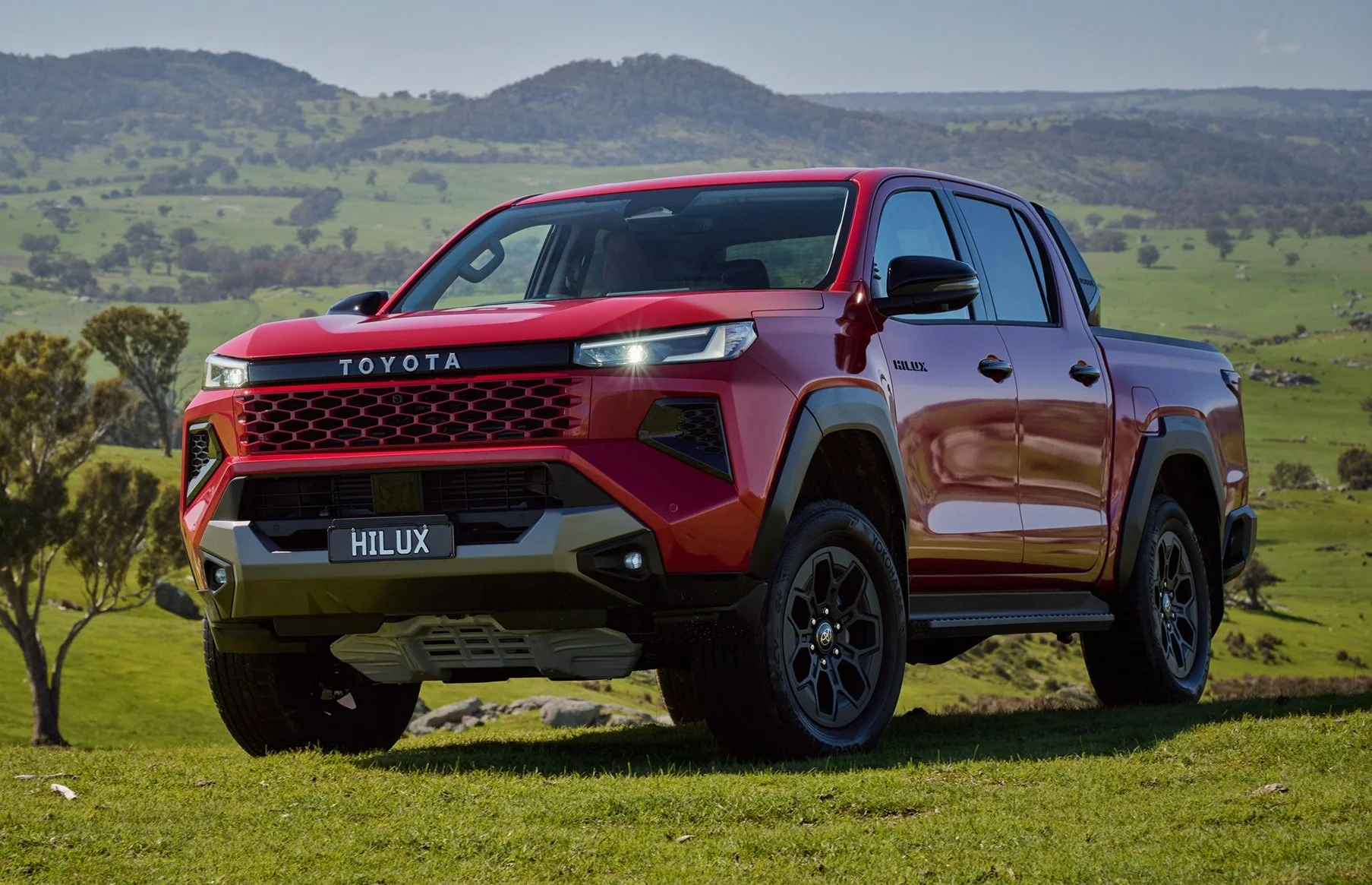


The MG ZS is a small SUV that offers such strong value to most buyers that it should be on your shortlist be default, even when shopping for a used car. But given that no car is perfect, the price could easily distract from its drawbacks.